The animals of Africa
Tanzania: safari among the animals of Africa
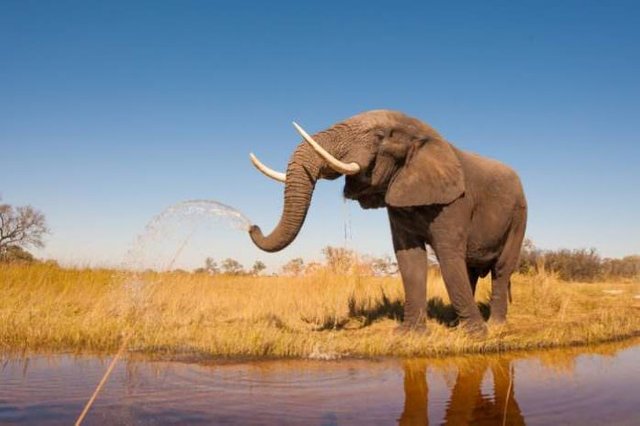
I do not remember if it was the 5th or 6th trip to Tanzania for me and my 12-year-old son. We have agreed with Kili Sky Safaris a Wild trip : safari car with Italian speaking driver-guide, overnight stays chosen by me or suggested by them in camping and cheap B & B, with some exceptions.
The parks in the south are much less frequented than those in the north. The difference is not due to the beauty of the landscapes or the quantity of wild animals, but to comfort. In the North the parks are all close, in the South they require long distances. But that was also what we were looking for on this journey.
We land in Dar es Salaam and we stop in the central area in a very cheap but spacious and clean B & B, with a well-functioning fan: Econo Lodge .
The next day we decide to celebrate our birthdays at ' Amani Lodge in Ras Kutani , a promontory not far from the big city, but already wild and lost. We cross the port with the ferry, first me and Emanuele with pedestrians, then Daniel with the "gari": the off-road vehicle. Of course you do not go unnoticed in this crowd of people who clings to more I can not to let everyone go! Although the spaces are infinitesimal, the peanuts, water and candy sellers rush to reach their hungry customers. The children at the necks of mothers are the most daring to study with wide eyes. And we smile. No danger here, people are curious but very quiet.
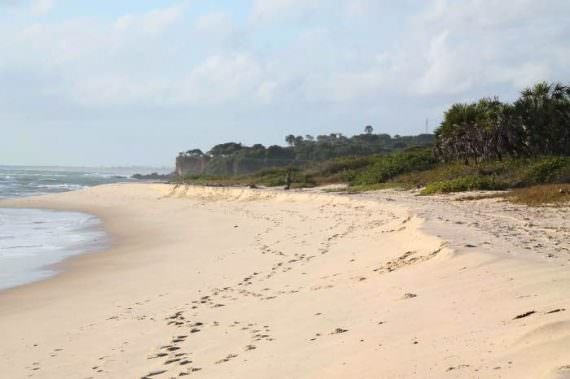
Ras Kutani beach is beautiful: deserted, white, wide as far as the eye can see. The next morning we get up at dawn to find shells but the sea has not been generous today. We arrive to the nearby lagoon , which almost joins the sea. They also organize canoe and horse rides.
The Amani Beach is too luxurious for us, very spacious and well-spaced bungalows, fine finishes and swimming pool, excellent cuisine.
We leave late and we will pay for this time. The road to the South is one, it connects the economic capital to the whole South and beyond, and is the only way to supply a population as large as ... invisible! The streets are full of overloaded trucks but people? Where are the people? The south is the most populated area and yet people live in villages in a traditional way, are content with little, do not trade and do not live along the streets like in many other areas. Driving is very challenging, trucks go at top speed and you do not understand how they will stop if needed. While Daniel remains focused, we admire the arid hills covered with shrubs, in contrast to the valleys traveled by the Little Ruaha Riververy green and full of trees full of leaves and fruits. Every so often a baboon looks at us with an air of sufficiency. I really appreciate the prudence with which he leads Daniel because it allows me to relax and enjoy the movements. In reality it is very attentive to all our needs. It is obvious that he has been doing this job for many years.
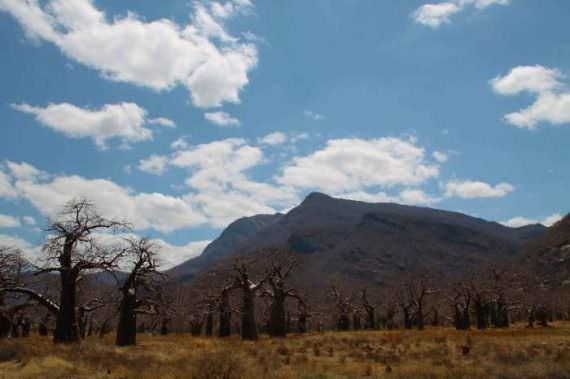
One of the most spectacular valleys is Mbuyuni , literally "where there is a baobab". I've never seen so many all together! Their immense trunks look like the work of an artist. Every now and then on the street appears the colorful stain of women selling tomatoes, arranged neatly on buckets.
We arrive early in Iringa. We stopped shortly before, at the Rivervalley Campsite , which I had chosen for its location along the Little Ruaha River. Indeed the river full of water and the huge boulders from unlikely positions give a fairytale touch to this Campsite! It offers different solutions for housing but we assemble our tents. Luckily we had a sleeping bag, Iringa is at 1500 m altitude and that night is really cool!
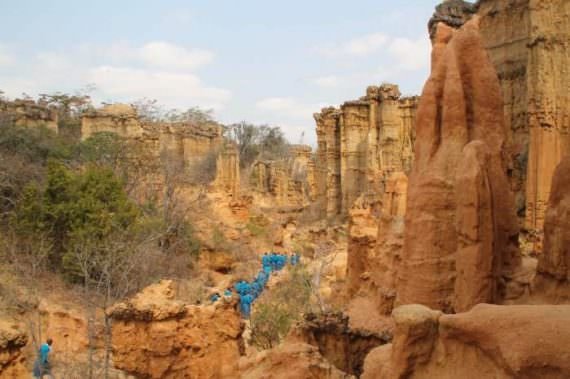
I wait impatiently the next morning because Isimila is scheduled and I've seen several photos. My expectations will not be disappointed. This place, which fascinated men since the Stone Age, is a succession of pinnacles sculpted by wind and rain on hard ground in the most superficial and friable layers in those below. So the pinnacles all have a dark rock hat. A schoolgirl of girls all dressed in turquoise precedes us fast in the slippery path.
Continuing west we cross the city of Iringa . It is one of the places where Catholic volunteer work has acted more. Lunch at Neema Craft , a structure with rooms, restaurant and workshop where all workers do not hear and do not speak. Despite the physical limit are very efficient. The food is very good and the environment full of style, really a place not to be missed.
Finally we approach the Ruaha park ! How I wanted to visit it! We camp near the village, at the Chogela Campsite . Very nice and organized. The boys immediately light up the fire. To save money I got not to have a chef but here there are no local restaurants, it's a really wild area! I cook. It's really incredible that an agency allows you this freedom. Daniel meets a friend of his cook who offers us a lunch box for the next day. Even better!
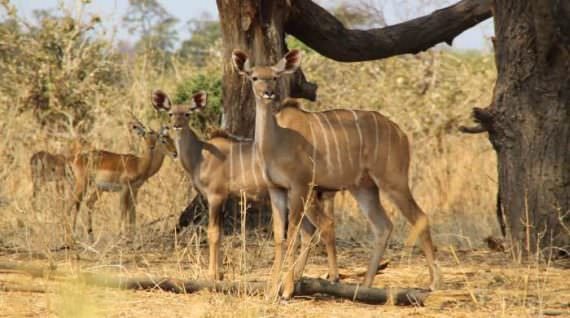
Here too, as in all the South seen so far, hills covered with trees as far as the eye can see. It's the dry season, the best to spot the animals. Shortly after entering the Ruaha Park we come across a splendid specimen of a larger male kudu , with its long horns twisted. It is close to the road and we can see it very well. Some females burn nearby. We got up a bit late and the sun is already high. The animals are numerous but all under the shade of trees, I'm sorry a bit 'because the photos will be less beautiful. Many are: giraffes to no end , elephants, zebras, impalas, hippos, crocodiles huge sunning themselves , crowned cranes, the osprey. Near the river, as always, the sighting is assured. My son also has 30 different species of birds.
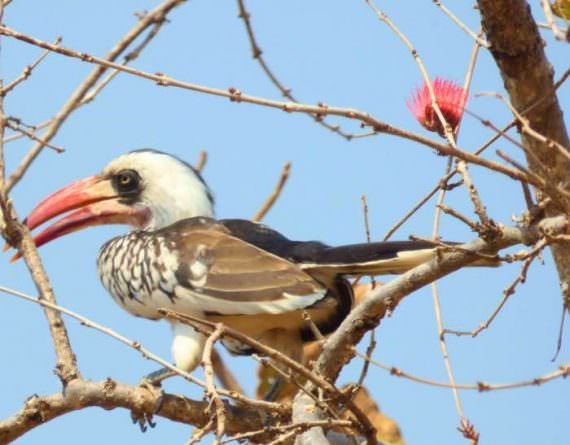
Far from the water, instead, under a tree, we meet two lions, very close to the road! I am a male and a female alone, which means I am on a "honeymoon". They look really tired but their magnetic look still makes you shiver. The male keeps an eye on us while the female rests quietly. What a wild and majestic beauty! You would never stop looking at them.
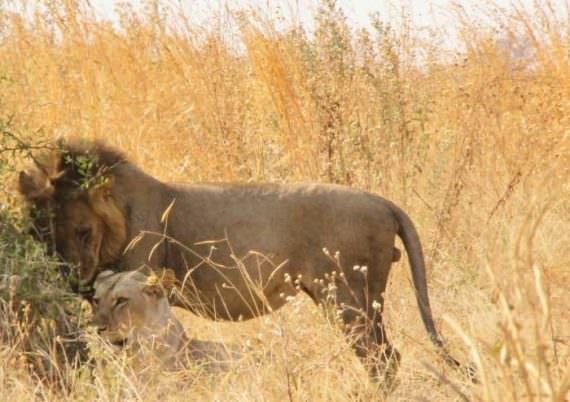
During the safari we stop to have lunch at Ruaha River Lodge , a luxury structure located on the bend of the river, perched on a small hill. Staying here must give you the feeling of going on a safari 24 hours a day. Continuously wild animals come to the river to drink, we see many of us while we have lunch in front of this unique show!
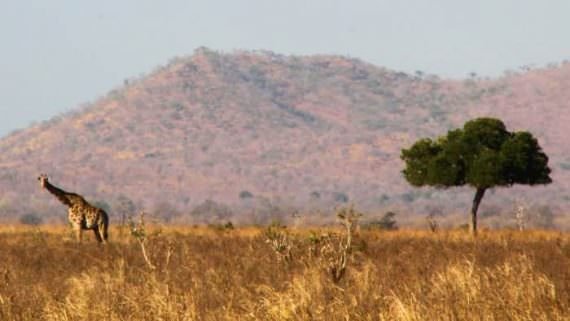
At the end of the second day of safari, we ask the guide to organize a visit to the village. He accepts with pleasure and is very committed to let us know the culture of Hehe , the local population. Once they also lived in the park territory and many of them died in rivers due to crocodiles and hippos. Now the areas cultivated by men and those inhabited by wild animals are more defined and it is difficult for accidents to happen. After the chat, everyone goes to the bar to drink a palm beer, followed by the swarm of curious children. We take this opportunity to buy fruit and vegetables.
The return begins. For safety we did the farthest stage first, and now we will return to the other two planned parks. The park of MikumiIt is crossed by the busy road that leads to the South, I did not imagine it was so easy to spot the animals! As soon as you enter, after just 5 minutes, here are lions sleeping under a tree, elephants, giraffes, gazelles, zebras, wildebeests, a small antelope that I had never seen before. Further away there are also hippos and crocodiles, but it is about to set the sun and we are tired. For the first time I see a giraffe running away scared in front of an off-road vehicle, instinctively running in a zigzag. It is the unmistakable sign that made the experience of the poachers. Between the Mikumi park and the Selous reserve there is a strip of inhabited land that is not a protected area and is very dangerous for animals, although hunting is strictly forbidden. My heart cries to see that peaceful giant running away terrified.
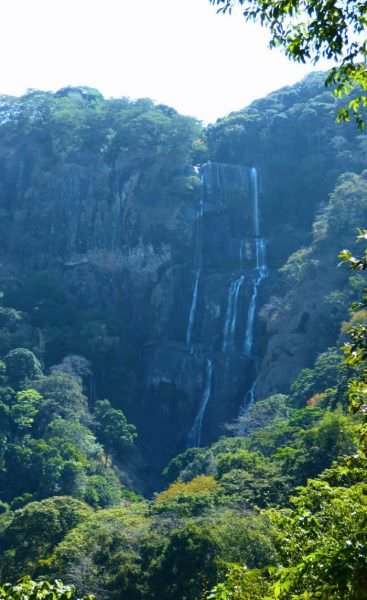
To reach the Udzungwa Mountains park, we travel a long way through the tropical vegetation. On the right the mountains rise up, on the left there are the fields as far as the eye can see: it is the fertile plain of Morogoro that feeds the whole area. I choose to go first to swim in a nearby waterfall and so we do not have time to do the whole walk up to the highest one the Sonjo , 270 m: we look at it from the panoramic points that occasionally open in the tangle of tropical vegetation . The forest is beautiful! Butterflies, birds, primates, ancient trees , I could really stay here for a few days. We also meet a family of crowned red colobus Iringa, an endemic species. The Udzungwa Mountains forest is a priceless heritage of biodiversity, and can only be visited on foot, climbing through the well-kept dirt road.
On return we buy some very beautiful pieces of craftsmanship , including a very sweet musical instrument.
We sleep again at the Tan Swiss , a well-equipped campsite that has bungalows of different prices. It even has the pool, for the joy of my son!
The next day we leave for Dar Es Salaam.
Goodbye Tanzania, thank you for still amazed me!
Thank you Kili-Sky.com Safaris for organizing the trip exactly as I wanted it!
Cost of travel USD 2824 per person 11 days / 10 nights
Discount USD 150 for a 12 year old boy